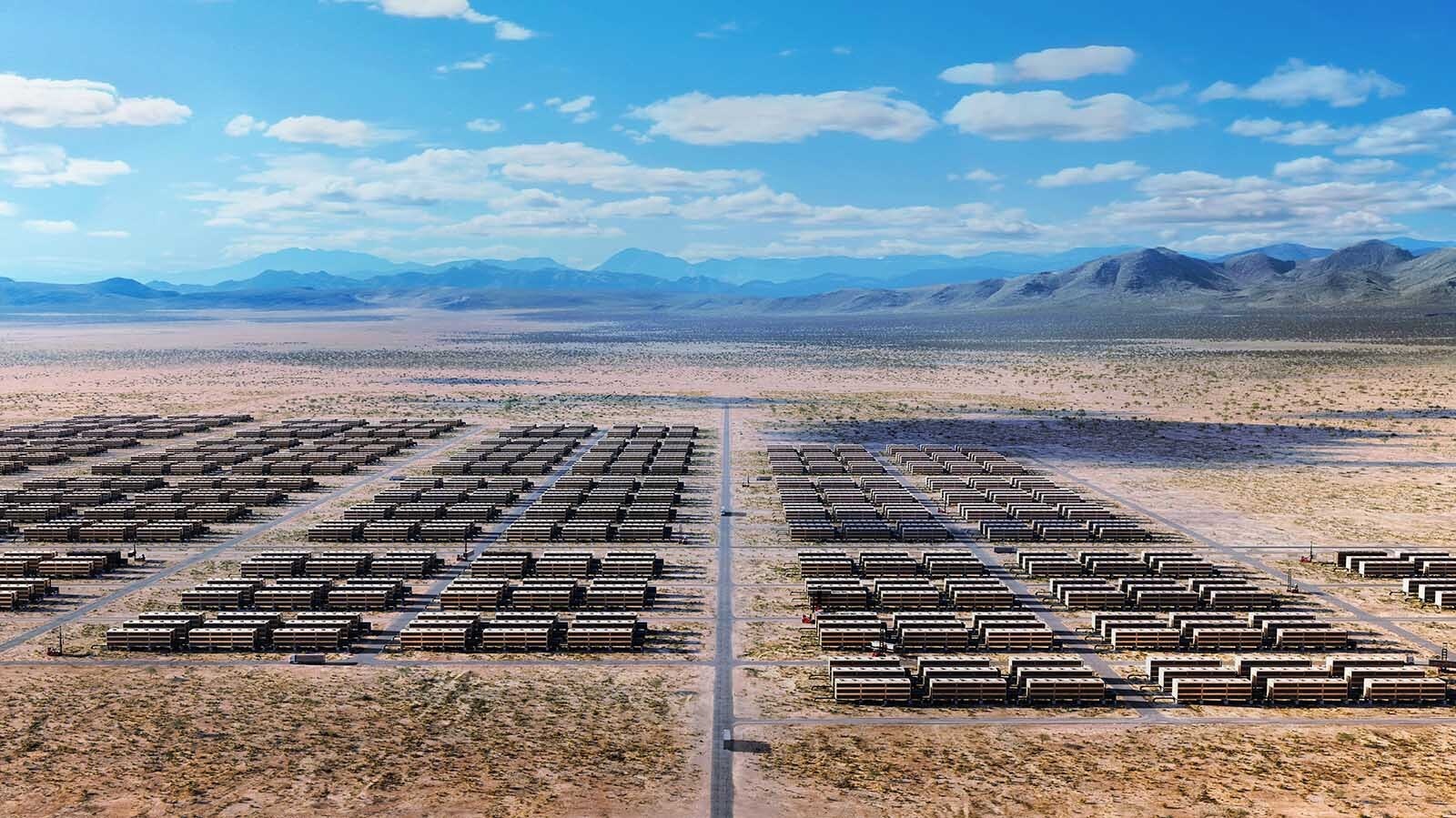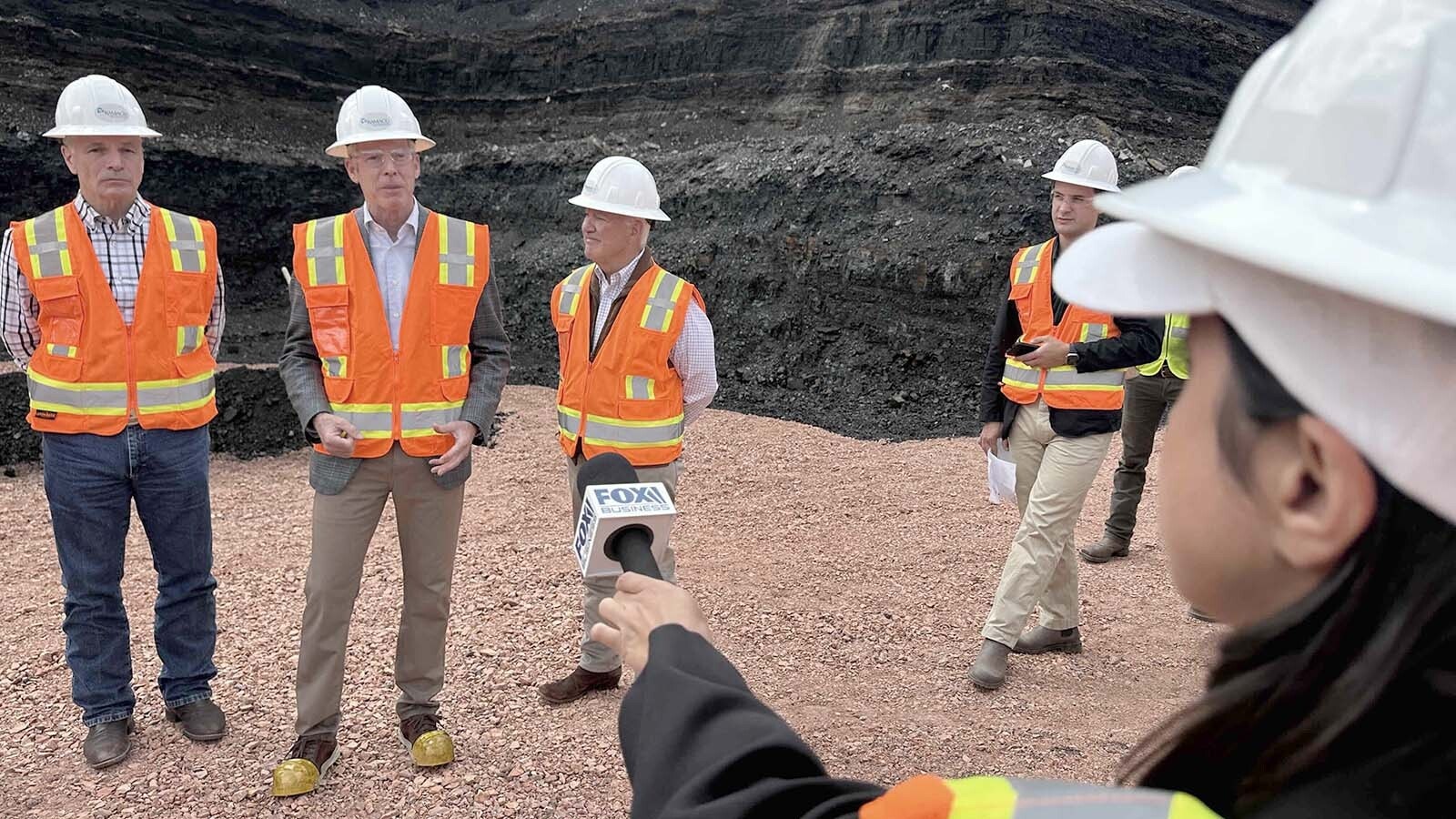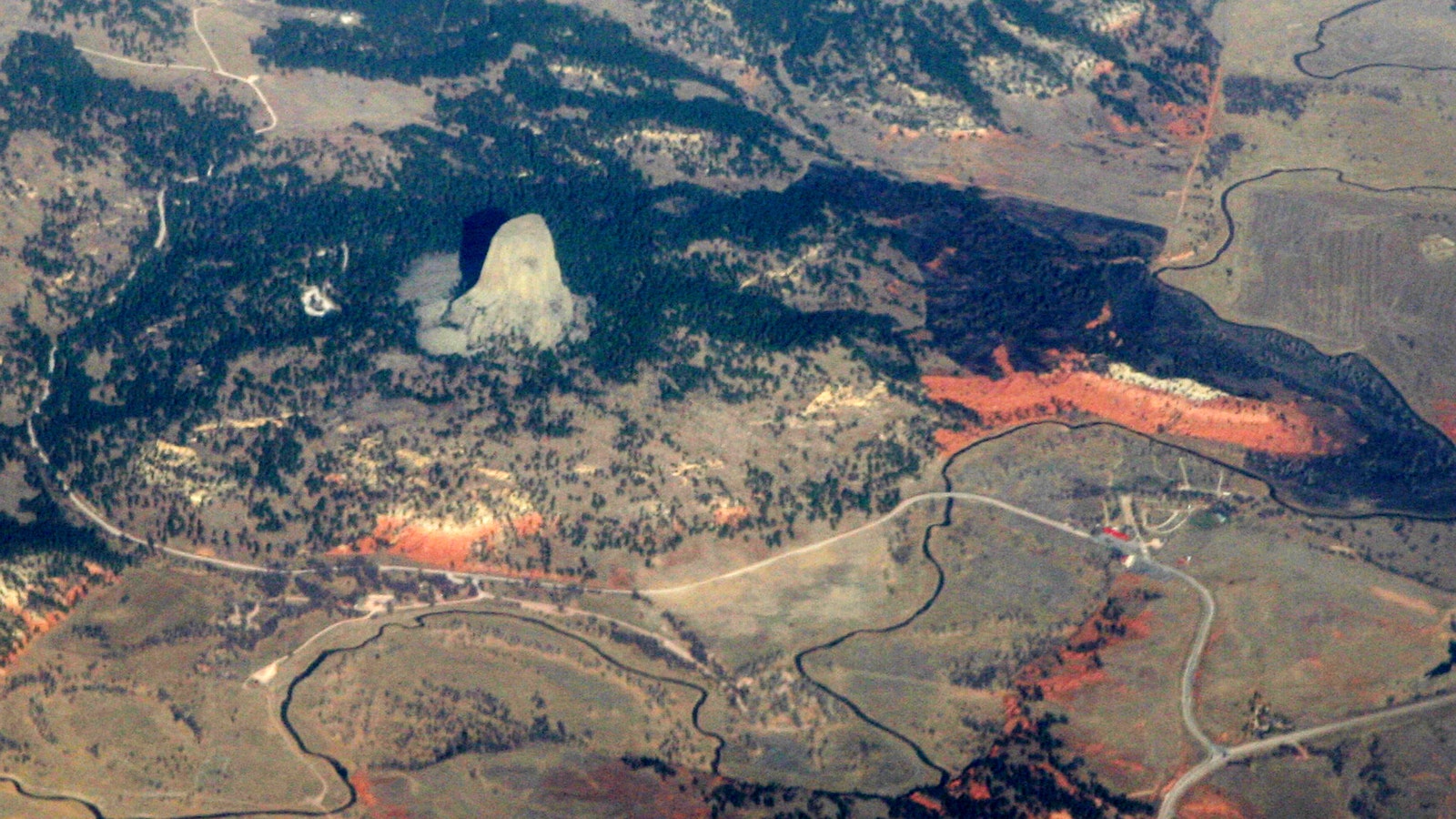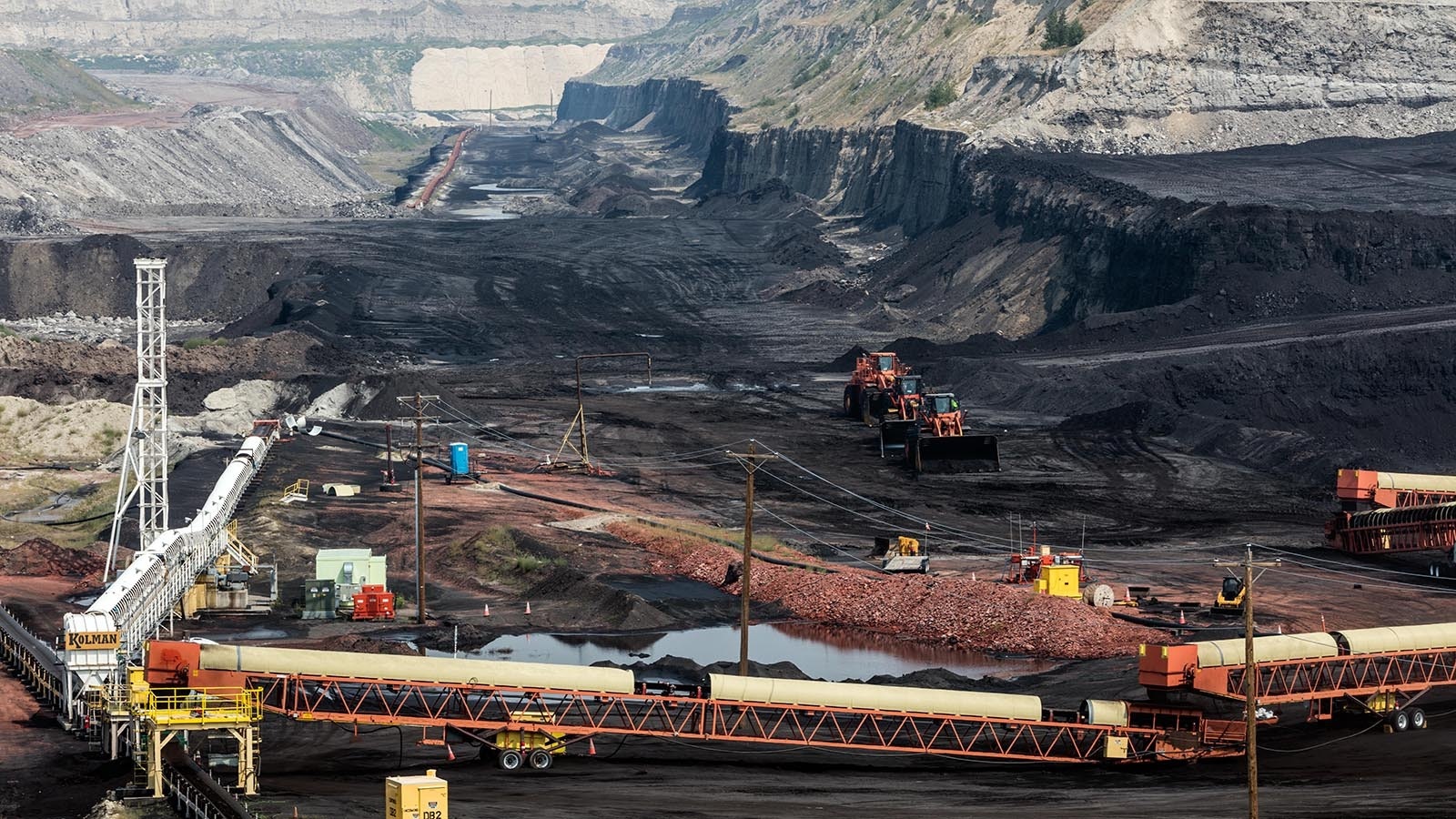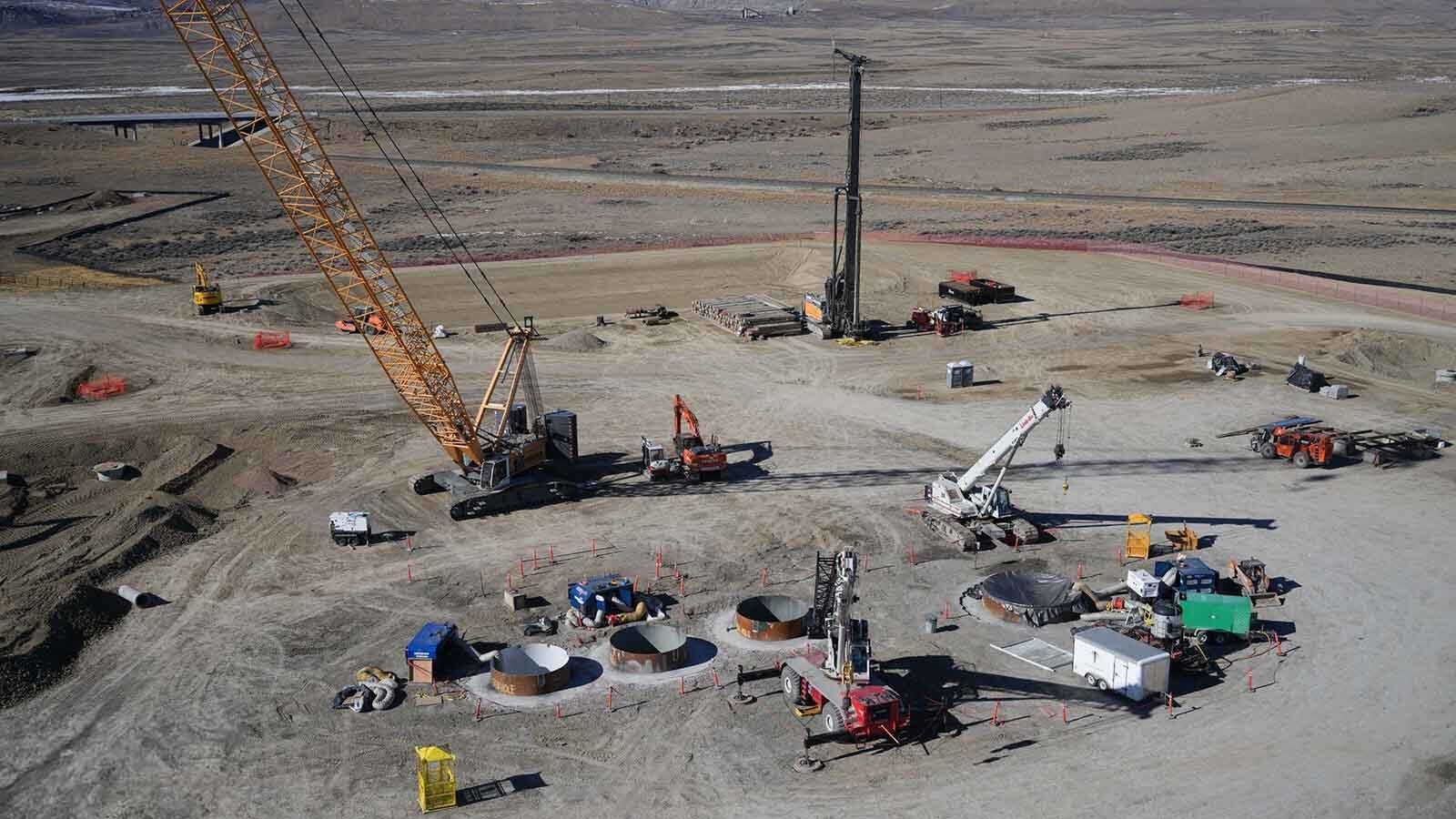A pair of privately held companies are moving forward with their Project Bison machines in southwestern Wyoming to remove carbon dioxide from the atmosphere, having received one of the largest ever investments in this field of clean air technology.
One of the companies, CarbonCapture Inc. headquartered in the venture-capital hotbed of the arts district of downtown Los Angeles, raised $80 million from well-heeled investors this week to build what is considered the world’s largest direct air capture of carbon dioxide and storage project.
“It’s a big deal,” said Patricia Loria, vice president of business development with CarbonCapture.
Construction of the project on private land held by ranchers in Sweetwater County could begin before the end of the year, she told Cowboy State Daily.
The project is massive in scope and would require hundreds of 40-foot-long shipping containers equipped with filters that would absorb carbon dioxide from the air.
Once the filters are saturated, they are heated up and the carbon is extracted from the modules and pumped deep underground in saline aquifers for permanent storage.
Still Permitting
CarbonCapture had originally planned to get the project under construction at the end of last year.
However, Loria said that the company probably bit off more than it could chew with the state-of-the-art technology behind its direct air capture machines and that more time was needed for development, plus studies needed to conduct with Rocky Mountain Power on whether there was sufficient capacity for Project Bison to draw 100 megawatts of electricity from the power grid.
Project Bison also is still working through exhaustive state and federal permitting processes to build its underground storage facilities and operate the cluster of modular containers in the Sweetwater countryside.
The first phase of Project Bison is scheduled to begin in 2025, with CarbonCapture expected to start removing about 12,000 tons of carbon dioxide annually. This amount will scale up to about 200,000 tons by 2026, and 5 million tons each year by 2030.
This amounts to roughly the emissions from 1 million gas-powered vehicles driven in a year.

Saudi Oil Money
One of the major investors in the $80 million fundraise includes Saudi oil giant Aramco, but there are other big names as well.
The $80 million funding round was led by Prime Movers Lab and includes Amazon's new $2 billion venture investment fund, called Climate Pledge Fund, German-based Siemens Financial Services, New York-based venture fund Idealab X, and Marc Benioff's investment fund Time Ventures.
Benioff is co-founder of Salesforce, a cloud software company with a market capitalization of $295 billion.
The money raised will be used to continue technology development and field deployment of the direct air capture systems in Wyoming, Loria said.
She said that there is a possibility that clusters of direct air capture systems could be built elsewhere in the state, including the coal-rich Powder River Basin.
Green Powered
These futuristic carbon dioxide-siphoning machines will mainly pull “clean energy” from the grid that comes from only alternative sources, like from wind or solar farms. That is an important component of Project Bison’s business model.
This is important because Project Bison plans to earn money by receiving carbon removal credits from big corporations that need to offset their carbon footprint.
While CarbonCapture hasn’t yet begun operation of its direct air capture machines in southwestern Wyoming, it announced in November the pre-sale of more than $26 million in carbon removal credits to a group of corporate giants.
Carbon removal credits are measurable, verifiable emission reductions from certified climate action projects, like the one proposed in Wyoming. These projects reduce or remove greenhouse gas emissions.
Big corporate buyers included software giant Microsoft Corp.; management consulting firms Boston Consulting Group Inc. and McKinsey & Co.; Alphabet Inc., parent of web search engine Google; Meta Platforms Inc., parent of social media websites Facebook and Instagram; financial services company Stripe Inc.; e-commerce company Shopify Inc.; and banking giant JPMorgan Chase & Co.
The Dream Team
CarbonCapture isn’t alone on Project Bison.
It has partnered with Dallas-based Frontier Carbon Solutions LLC, a portfolio company of private equity firm Tailwater Capital LLC. The pair of companies first announced their plans in 2022.
The project was given a financial boost by the Inflation Reduction Act of 2022, which provided billions of investment dollars in domestic energy production while promoting clean energy.
In the partnership, CarbonCapture is responsible for pulling the carbon dioxide out of the atmosphere with its modular machines, which will sit atop Frontier’s transportation and storage infrastructure.
Wyoming was selected as the project’s location because of the broad availability of renewable and zero carbon energy sources like wind and solar farms, as well as the favorable regulatory and operating environment for carbon storage, Loria said.
The two Project Bison companies also compete against other firms in the direct air carbon market, including Switzerland’s Climeworks AG, London’s Brilliant Planet Ltd. and Australia’s Southern Green Gas Ltd.
Last summer, CarbonCapture and a team of strategic partners, including the University of Wyoming, received $12.5 million from the U.S. Department of Energy to develop a megaton-scale direct air capture hub in southwestern Wyoming. That hub could be split with portions going to other parts of the state, Loria said.
“We need clean power,” said Loria, adding that the company is considering modular nuclear power units as a clean energy source to power its cluster farms. “Absolutely, we are looking at modular nuclear plants, if it makes sense.”
Pat Maio can be reached at pat@cowboystatedaily.com.

